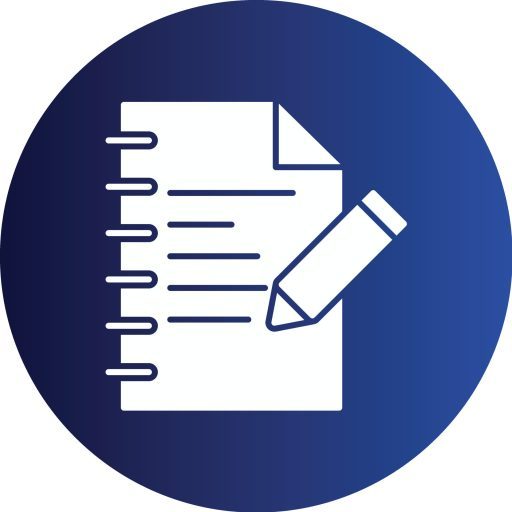BMOM5203 Assignment Question
PURPOSE:
The objective of this assignment is to develop learners’ ability to critically evaluate how organisations apply management functions and processes, and to identify their strengths, weaknesses, and ethical considerations.
REQUIREMENT:
Select one company you are familiar with (your workplace, a past employer, or a well-known organisation).
Prepare a report covering the following:
- Background of the selected company (industry, size, main products/services, and target markets).
- Critical analysis of planning, organising, leading, and controlling within the company.
- Evaluation of the effectiveness of each function in achieving company objectives.
- Ethical considerations in management processes (e.g., fairness, transparency, corporate responsibility).
- Explanation of how the company integrates decision-making, planning, organising, communicating, leading, and controlling in daily operations.
- Brief identification of any gaps in the integration.
Part I PURPOSE:
The objective of this assignment is to strengthen learners’ ability to propose realistic, ethical, and effective management strategies that improve organisational performance and sustainability.
REQUIREMENT:
Using the same company analysed in Assignment 1, prepare a follow-up strategic report that provides an in-depth analysis of how the six management concepts, which are decision making, planning, organising, communicating, leading, and controlling, are interconnected within the company, and identify any weaknesses in their integration that may affect performance or ethical standards.
Based on this analysis, propose at least three practical management strategies for improvement, ensuring that each recommendation is justified.
Conclude by discussing the potential impact of these strategies on the company’s performance, ethical practices, and long-term sustainability.
Assignment Format:
a) Use double space and 12-point Times New Roman font.
b) This assignment should contain about 3,000 – 5,000 words.
c) Provide references. References should use the American Psychological Association(APA) format.
d) References should be from the year 2021 and onwards
BMOM5203 Assignment Rubrics:
| Criteria | Weightage | Excellent (4) | Good (3) | Fair (2) | Poor (1) | Unsatisfactory (0) | Max Marks |
|---|---|---|---|---|---|---|---|
| 1. Background of the Selected Company | 2 | Clear, concise, and well-structured background with all key details provided. | Good background with most details included. | Adequate background but missing some key details. | Minimal background provided with major gaps. | No relevant background provided. | 8 |
| 2. Critical Analysis of Planning, Organising, Leading, and Controlling (POLC) | 3 | Comprehensive, balanced, and well-supported analysis of all four functions with strong examples and clear linkages. | Good analysis of all four functions with relevant points. | Adequate analysis of all four functions, but lacks depth or balance. | Minimal analysis, mostly descriptive, with major gaps. | No relevant analysis provided. | 12 |
| 3. Evaluation of the Effectiveness of Each Function in Achieving Company Objectives | 2.5 | Detailed, evidence-based evaluation linked to company objectives. | Good evaluation with clear linkages to objectives. | Adequate evaluation but weak linkage to objectives. | Minimal and unclear evaluation. | No evaluation provided. | 10 |
| 4. Ethical Considerations in Management Processes (Fairness, Transparency, Corporate Responsibility) | 2.5 | Insightful discussion of ethical issues with strong real-world examples. | Good discussion with relevant examples. | Adequate discussion of ethics with limited examples. | Minimal and vague discussion. | No mention of ethical considerations. | 10 |
| 5. Explanation of Integration Across Six Management Concepts (Decision-making, Planning, Organising, Communicating, Leading, Controlling) | 2 | Clear and comprehensive explanation of integration across all six concepts. | Good explanation with some minor omissions. | Adequate explanation, but missing several key points. | Minimal explanation with unclear connections. | No explanation provided. | 6 |
| 6. Identification of Gaps in the Integration of Management Concepts | 1.5 | Gaps were identified with an insightful analysis of their impact. | Gaps identified with a reasonable explanation. | Gaps identified, but analysis is limited |

